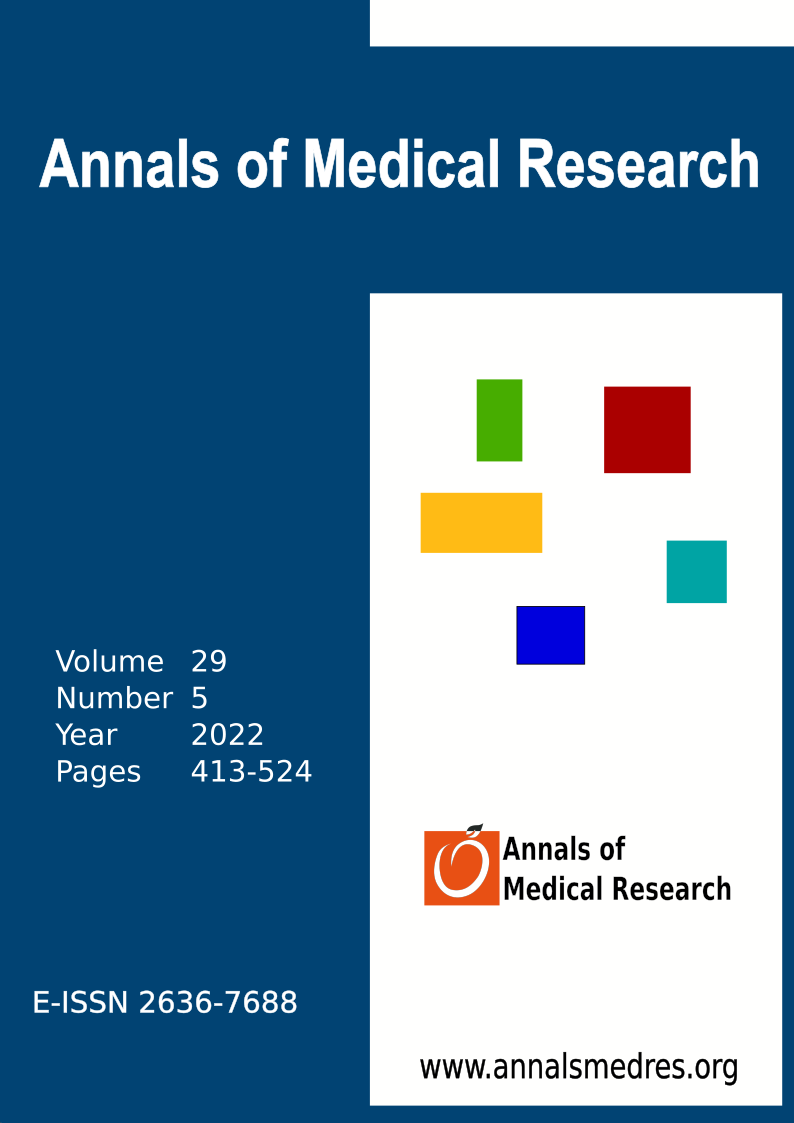Demonstration of the presence of the InuB gene in environmental materials in Turkey
Keywords:
Macrolide resistance, ermTR cloning, inactivation of lincosamidesAbstract
Aim: Although Enterococcus is among bacteria of normal gut flora in animals, these bacteria are also causative agents of nosocomial infections. E. faecium and E. faecalis are the most common enterococci isolated from patients. E. faecium is intrinsically resistant to many antibiotics but susceptible to macrolides and lincosamides. The most common resistance mechanisms to lincosamides are modification of target by methylases and inactivation of lincosamides by nucleotidyltransferase. In present work mechanism of resistance, transferability of resistance and characterisation of genetic support of lincosamide resistance in E. faecium ADU1 which is resistant to macrolides and lincosamides was studied.
Materials and Methods: Antimicrobial susceptibilities were determined by agar dilution MICs and disk diffusion methods. Lincosamid inactivation of E. faecium ADU1 was tested by Gots’ test. Presence of known erm and lnu genes was checked by PCR. E.faecalis JH2-2 was used as recipient strain for conjugation experiment to test transferability of resistance. Chromosomal changes in receptive strains were tested by PFGE. To analyse genetic support of resistance gene invers PCR method was used and amplicon was sequence and homologies were checked with gene bank.
Results: A total of 57 environmental Enterococci was tested for resistance to lincosamide by inactivation and 16% were found to be positive. One of these isolates, ADU1 was studied further. The MICs of ADU1 strain for clindamycin and erythromycin were both >128 µg/ml. Gots’ test showed inactivation of lincosamides by ADU1 strain which was shown to carry ermB and lnuB by PCR. Conjugation experiments showed co-transfer of lincosamid resistance with erythromycin resistance. No change in chromosomal restriction profile of transconjugants was observed by PFGE which showed possible transfer of resistance by plasmid. A fragment of 2500bp was obtained by invers PCR. Sequence analysis of this fragment showed that partial homology with pEF418 which was found in Enterococcus faecalis.
Conclusion: Resistance to lincosamides is conferred by many different nucleotidyltransferases and disseminated among a large spectrum of bacteria genus and species via mobile conjugative genetic elements. E. faecium ADU1 was resistant to lincosamides by inactivation due to lnuB gene which is carried by conjugative plasmid pEF418. Presence of multiple resistance genes on a transferable plasmid is important for dissemination of antibiotic resistance. Our study is the first study which showed presence of lnuB gene in an Enterococcus isolated in Turkey. Large survey studies should be done to evaluate dissemination of lincosamide resistance by inactivation.
Downloads
Published
Issue
Section
License
Copyright (c) 2022 The author(s)

This work is licensed under a Creative Commons Attribution-NonCommercial-NoDerivatives 4.0 International License.
CC Attribution-NonCommercial-NoDerivatives 4.0






